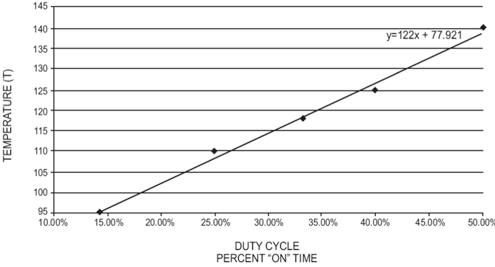Optimizing Accuracy in Pinch Valves for Sterile Injectables
Equipment and Processing Report
Preheating pinch valves prevents drift in the volume of liquid dispensed.
Pinch valves were introduced to pharmaceutical processing more than 35 years ago to facilitate the use of electronic valves in place of mechanical valves and pistons for dispensing sterile injectable fluids. Pinch valves introduced the concept of timeâpressure filling and allowed a disposable sterile fluid path to be maintained for dispensing parenteral drugs into containers.
Unfortunately, a number of technical problems accompanied timeâpressure filling and its dispense accuracy could not achieve what the industry demanded. More recently, many of these problems have been solved using the concept of timeâdispense filling. One issue has remained, however. When the electric pinch valve heats up, the dispense volume changes. Preheating the pinch valve can solve this problem.
Examining pinch valve function
Electric pinch valves warm as the electric charge opens and closes the valve. As the valve continues to warm, the time it takes to open and close changes, so that a different amount of fluid passes through the valve each time it opens and closes. If the change is too great, the dispense volume can drift out of specification.
A common method used to minimize valve warm-up is to reduce the voltage to the valve coil after it has been energized. With this approach, a cold cube is used to diminish the maximum valve temperature. Unfortunately, this approach does not prevent warm-up entirely, nor eliminates the change in dispense volume.
A close examination of the valve during its warm-up phase reveals three factors:
- As the valve starts to dispense fluid, the dispense volume changes while the valve warms up.
- After a period of time, the temperature of the valve reaches equilibrium and dispense volume remains stable.
- The equilibrium temperature is a function of the valve's duty cycle time (defined as the time required for the the valve to open and then close, once).
To further explore the problem, an approach was taken to preheat the pinch valve before dispensing fluid. A test was conducted to determine the optimum temperature to heat the valve. A valve was cycled on and off, and its temperature was monitored while it warmed to equilibrium. Additional tests were conducted at different duty cycles and similar temperature data were collected. A summary of the results is shown in Table I. Higher duty cycles correspond to higher equilibrium temperatures.
To further evaluate this data and search for a way to predict the equilibrium temperature, duty cycle is plotted against the equilibrium temperature, as shown in Figure 1. The data result in virtually a straight line, enabling the user to select the best temperature at which to preheat the pinch valve.
Figure 1. Pinch valve equilibrium temperature varies with length of duty cycle.

Preheating improves accuracy
Dispense volume testing was conducted on a timeâdispense filling machine to study the impact of valve preheating at the optimum temperature. Using a 1-cc target dispense volume, data from 1000 replicates were gathered during the first 45 minutes of filling. Without valve preheating, prior to equilibrium, dispense weights typically ranged from 0.992 to 1.008 mg, a range of 16 mg or +/- 0.8%. With valve preheating, prior to equilibrium, dispense weights typically ranged from 0.096 to 1.005 mg, a range of 9 mg or less than +/- 0.5%. Results showed that preheating can significantly improve accuracy.
About the authors
Denis Keyes and John Randall are partners at Acertacorp LLC, deniskeyes@comcast.net. The data shown here are part of a current US patent submission.
